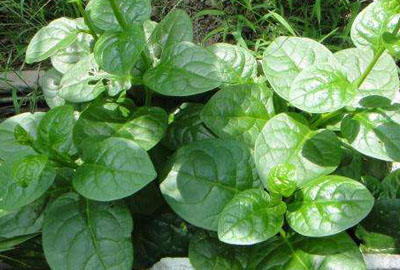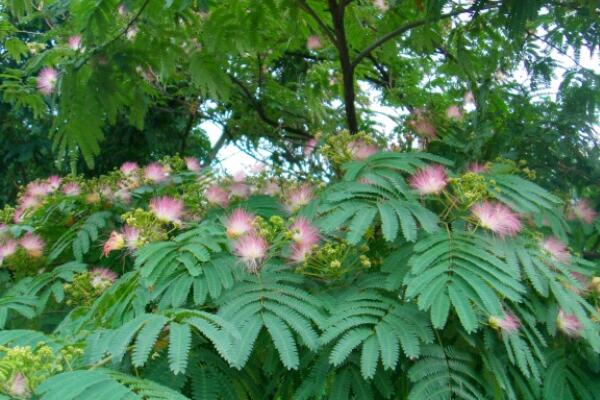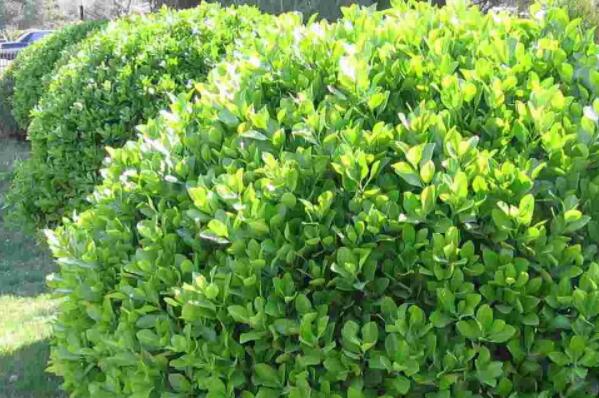What is the fungus dish of Chrysanthemum Panax notoginseng? When will it be ready? When will it be harvested? How do you plant it?
Agaric dish, also known as bean curd, purple horn leaf, etc., is a common vegetable in our country. Because of its high nutritional value and crisp taste, many people like to use it for cold dressing, stir-frying or hot food. What kind of dish is that fungus dish? When will it be ready? When will it be harvested? How do you plant it?

Auricularia auricula vegetables, also known as babbling, sunflower, tofu, purple horn leaves, Panax notoginseng plants, perennial tall herbs, 1.5-2 meters high. Flowering and fruiting period is from September to October. Auricularia auricula vegetables are fed by seedlings, tender shoots or tender leaves, with tender and smooth texture and high nutritional value. Can be used for soup, stir-fry, hot food, cold, etc., its taste is fragrant, chewing like eating fungus generally crisp and refreshing, hence the name agaric dish. It is widely cultivated in the south and north, perennial cultivation in the tropical areas of the south, and annual cultivation in the north.
Planting time:
Auricularia auricula is generally sown in April and harvested in June. It can usually be sown and cultivated in the open field when the temperature is above 20 ℃, and those mainly harvesting tender stems and leaves enter the harvest period about 50 days after sowing. Auricularia auricula is resistant to high temperature and humidity, and generally grows in loose and fertile sandy soil. The optimum temperature for seed germination is about 25 ℃, and the optimum temperature for plant growth is 25-30 ℃. Soil moisture is needed during the whole growth period. Some varieties have strict requirements for high temperature and short days, and most varieties are not strict about sunshine.
Harvest time:
In general, Auricularia auricula harvesting seedlings can be harvested about 40 days after sowing, when the seedlings grow to 5-6 leaves.
For the purpose of eating the tender leaves of Auricularia auricula, it was harvested once every 15-20 days in the early stage, once every 10-20 days in the middle growth stage, and once every 10-17 days in the later stage. When harvesting the tender tip of Auricularia auricula, you can cut it with a knife or scissors. Cut when the tip length is 10-15cm, once every 7-10 days. It can also be used to cut tender shoots and pick tender leaves in the early and later stages.
Harvesting method:
When harvesting mainly on tender shoots, after the seedling height of 30 cm, 3 leaves were left to pinch off the head shoots, strong lateral buds were selected to grow new shoots, and the rest were erased. 2 or 4 strong sides or new shoots were selected after new shoots were harvested, and the growth potential was weakened in the later stage, and 1 or 2 strong buds or shoots could be retained after pruning in order to keep the leaves big shoots strong.
When harvesting tender leaves, leave the main vine and a side vine at the base, pick the heart when the plant reaches the top of the frame, select strong buds or new main vines from the base of the main vine, and cut off the leaves of the original main vine near the new main vine. It was harvested once in 10 days in the early stage and once in 5-7 days in the later period, with an output of 1000kg to 2000kg per 666.7 square meters.
Planting techniques:
Select variety
It is appropriate to choose good varieties of Auricularia auricula with high quality, high yield and disease resistance, such as Auricularia auricula and Auricularia auricula.
Management and protection
1. On-demand management
① mainly feeds on tender shoots, leaving 3 or 4 basal leaves when the seedling height is 30cm and 35cm, harvesting tender shoots and leaving two robust lateral buds to form shoots. When the second shoot was harvested, 2-4 lateral buds were left to form shoots, and in the vigorous growth period, each plant had 5-8 strong lateral buds. In the middle and later stage, the young buds of flower stems should be erased in time, and the growth was weak in the later stage, leaving 1-2 strong lateral shoots to facilitate leaf hypertrophy.
② should set up a frame for cultivation in order to feed on the leaves. When the seedling height is about 30 cm, build a herringbone frame to introduce the vine on the shelf. In addition to leaving the main vine, two strong lateral vines are left at the base to form a backbone vine. When the backbone vine grows to the top of the frame, a strong lateral bud is left from each backbone after coring. The backbone vine is cut off the shelf after the leaves are picked. It is necessary to cultivate soil when it is on the shelf and after each harvest, or it is not necessary to set up a frame to harvest tender shoots.
two。 Fertilizing and watering
Organic fertilizer is the best base fertilizer. Topdressing is applied with dissolved water of chemical fertilizer or organic fertilizer. After emergence, the soil should be kept moist and watered at the right time. Organic fertilizer should be applied in time after each harvest, and drainage and waterlogging prevention should be carried out in time in the rainy season.
3. Prevention and control of diseases and pests
The common disease of ① Auricularia auricula is brown spot, which can be sprayed with 72% Kelou wettable powder 500 × 600 times, or 68.75% easy dispersible granules 800 × 1000 times.
If Spodoptera litura damage occurs in ②, it is found that more tender leaf tips have small eyes, so pyrethroid insecticides can be sprayed once at the 1st and 2nd instar.
Time: 2019-04-09 Click:
- Prev

How much is the price of albizzia acacia in Weihai City? Where is the right place to plant? How many years does it blossom? Method
The acacia tree generally refers to albizzia, also known as Lantana, velvet tree, Hehui, night he, bird velvet, originating from China, Japan, South Korea, North Korea. For the city tree of Weihai City. How much is the sapling of the acacia tree? Where is the right place to plant? How many years does it blossom? What are the methods? According to legume data,
- Next

What does evergreen tree holly look like? How much is the seedling price per plant? What kinds do you have? How to plant it?
Holly, evergreen tree, is a kind of flowering plants, seeds and bark can be used for medicine; leaves have heat-clearing and detoxifying effect; bark can extract tannin extract; wood is hard and can be used as fine material. So what does holly look like? How much is the seedling price per plant? What kinds do you have? How to plant it? According to the data,
Related
- Fuxing push coffee new agricultural production and marketing class: lack of small-scale processing plants
- Jujube rice field leisure farm deep ploughing Yilan for five years to create a space for organic food and play
- Nongyu Farm-A trial of organic papaya for brave women with advanced technology
- Four points for attention in the prevention and control of diseases and insect pests of edible fungi
- How to add nutrient solution to Edible Fungi
- Is there any good way to control edible fungus mites?
- Open Inoculation Technology of Edible Fungi
- Is there any clever way to use fertilizer for edible fungus in winter?
- What agents are used to kill the pathogens of edible fungi in the mushroom shed?
- Rapid drying of Edible Fungi

